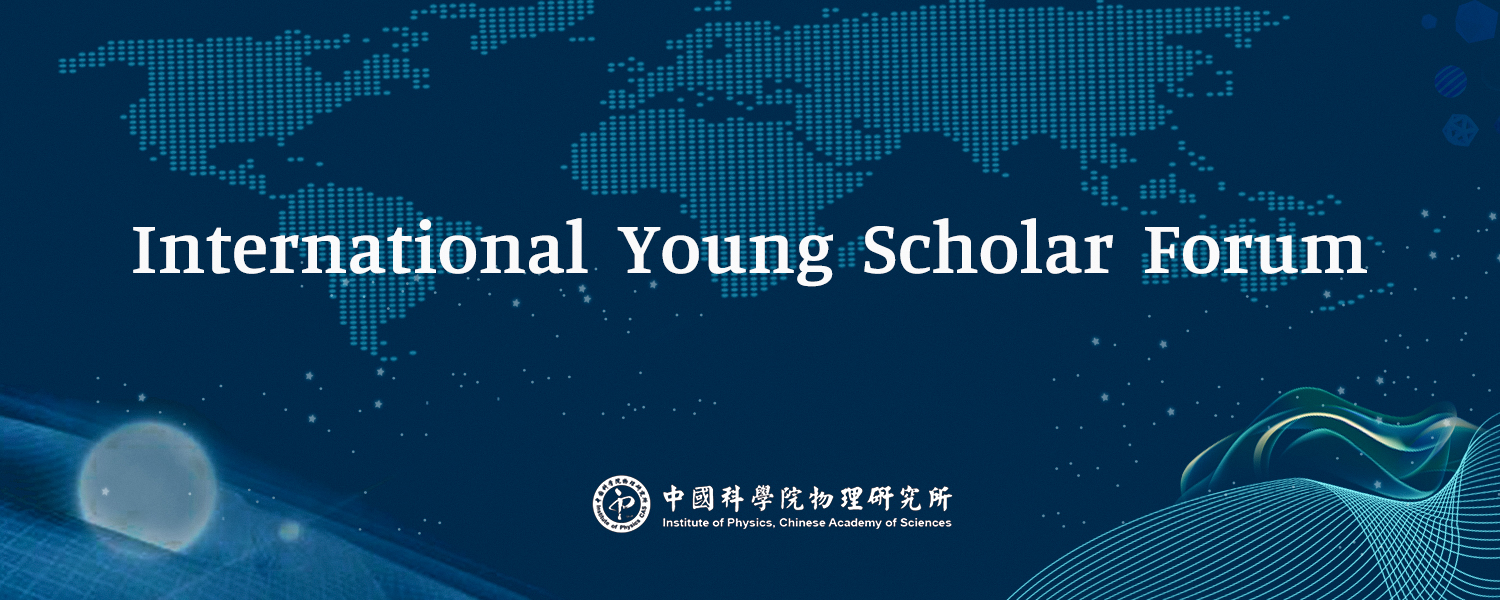Time: 10:00 am, November 3rd, 2020
Speaker: Dr. Chenhao Jin, Cornell University
Abstract:
The moiré superlattices formed between two-dimensional (2D) materials provide new opportunities to engineer novel quantum phenomena. The most striking phenomena emerge in the “flat band” regime, where the periodic moiré potential dominates over the relevant kinetic energy and qualitatively changes the quasiparticle behaviors. Optical spectroscopy is a powerful tool to explore these new systems. In this talk, I will show the emergence of moiré excitons, i.e. bosons composed of tightly-bound electron-hole pairs, in semiconducting WSe2/WS2 superlattices in the “flat band” regime. The strong moiré potential traps excitons into a periodic boson lattice in the real space, exhibiting exotic behaviors. I will also discuss our efforts to optically detect strongly correlated electron phases in this platform.
Reference:
1. C. Jin, et al., Nature 567, 76 (2019)
2. C. Jin, et al., Nature Physics 15, 1140 (2019)
3. C. Jin, et al., Nature Materials doi.org/10.1038/s41563-020-0706-8 (2020)
4. C. Jin, et al., arXiv:2007.12068, (2020)
Brief CV of Dr. Chenhao:
Dr. Chenhao Jin received his Ph.D. in Physics from University of California, Berkeley in 2017, where he was awarded the Lars Commins Memorial Award in Experimental Physics. He is currently a Kavli Fellow at Cornell University and will move to UC Santa Barbara as an assistant professor in early 2021. Dr. Jin has made seminal contributions to studying van der Waals systems using optical spectroscopies, such as carbon nanotube, graphene, black phosphorous, transition metal dichalcogenides (TMDCs), 2D magnets and moiré superlattices. The results are published in journals including Nature, Science, etc., and are cited by more than 4000 times.
Click to view the recorded report video► http://as.iphy.ac.cn/video_detail.php?id=27878
